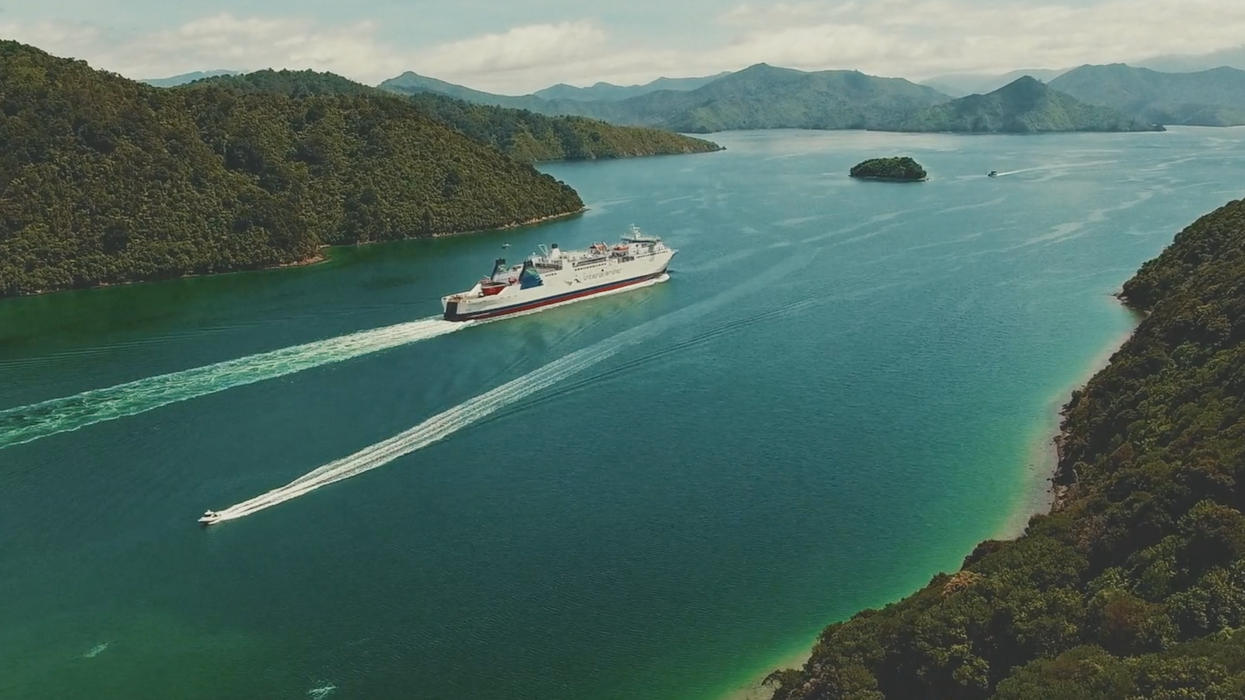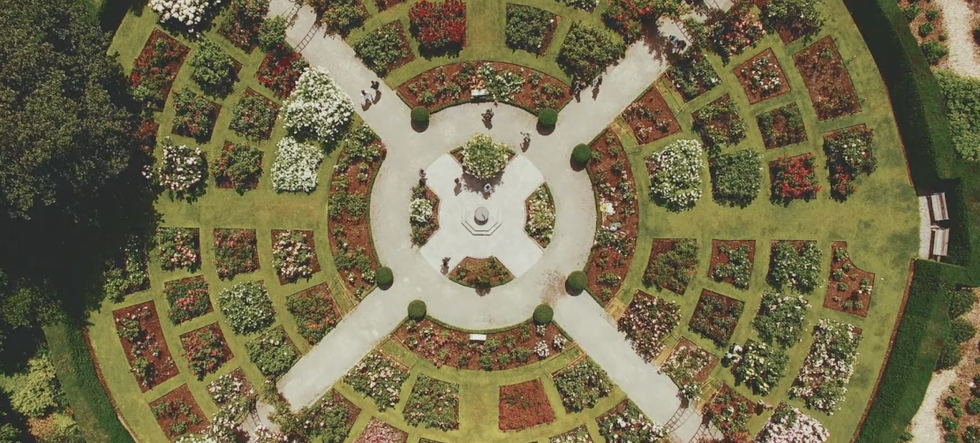My Honeymoon with a Drone: How to Travel the World with Your UAV

Our plane shimmied as we descended through the grand snow-capped mountains outside of Queenstown, New Zealand on our final approach to the airport. My wife and I couldn’t believe it; our honeymoon was about to begin. Passport: check. Reservations: check. Drone: check.
That’s right — my DJI Phantom Drone was coming with. I was determined to fly.
Moments before our taxi had arrived in New York, I was hunched over bags, and my wife asked me, “Are we bringing the drone?” To which I lovingly replied, “Sure, hun, selfie sticks are for amateurs.” Luckily, she found it funny.
In order to take my UAV and camera around the world, I established a few rules to keep things easy.
"As pilots and filmmakers, it’s our responsibility to be ambassadors for these amazing tools."
1. Keep it mobile
Limiting the amount of gear I brought helped me to embrace being a tourist. This also made me look less professional. As a result, I could have more fun, take my equipment with me hiking, experience the trip (and not just document it), and gain the access and trust of those I met along the way.
I didn’t want to take a hard case (and I would have been in the doghouse if I returned home from B&H with another bag of some sort), so I reached out to Tenba bags. Coincidentally, the company had been working on prototype dividers for their 32L Shootout Backpack that would accommodate my drone. “Very nice!” as Borat says.
Now, we had an awesome backpack that fit my drone and Sony A7S. It was carry-on friendly and also under the allotted 15-pound maximum weight requirement.
2. Make your package "international"
I checked with my airline to see if there were any restrictions on the Lithium Li-Po batteries for my Phantom. According to my research, I could carry on an unlimited number of batteries, as long as they were 100Wh or less (Phantom batteries are 68Wh). For further questions regarding LiPo batteries, I’d recommend visiting the TSA blog or U.S. Departments Transportation site.
Then, I moved on to researching local UAV regulations and restrictions within New Zealand. Considering it’s a country blessed with more sheep than people, I lucked out. New Zealand enforces several common sense rules when flying an aircraft the size of a DJI Phantom: Keep the aircraft under 400 feet, get permission from private land owners and those you may fly over, and maintain line-of-sight during your flight.

3. Ask permission instead of asking for forgiveness
There are countless situations in my career where it’s been easier to ask for forgiveness than to ask for permission. We always weigh the pros and cons in these situations, and we get away with it a lot of the time. However, as I’ve gotten older, I realize it’s just not worth the risk of not asking permission. Especially when it comes to flying the drone. At no time is it worth putting your gear, business, or name on the line to avoid going through the proper channels.
"Introducing myself and asking permission provided access I had never dreamed of."
Again, I was lucky to be in New Zealand, one of the happiest places on earth and with some of the nicest people. Introducing myself and asking permission provided access I had never dreamed of. I asked the boat captains permission to launch from their decks; I asked land owners permission to fly, and I’d get a tour of their property. As pilots and filmmakers, it’s our responsibility to be ambassadors for these amazing tools. On one occasion, the crew and captain of one of the small tour boats we launched from actual coordinated their speed so I could safely land the drone back onto the ship. That happened all because I asked. In the end, they thought the footage was cool.
4. Make a pre-flight checklist and calibrate your flight path
I’ve learned from other drone users the value of safety checks and keeping up-to-date with your firmware. I once had a difficult time connecting my DJI app simply because I had installed the newest version of iOS on my iPhone, and the two weren’t playing nice. Not a big deal, but if I were on a job, it would have been really frustrating.
Another friend of mine made the mistake of sending his drone into a tobacco field in Brazil — he hadn't calibrated the GPS for the southern hemisphere. Unfortunately, when the drone went into “go home” mode, it did just that... and took the really long way. Perhaps someone in the Amazon is now worshipping the machine that mysteriously fell from the sky.
Once back in New York, I began to edit the footage to the sounds of Tiki Taane, a New Zealand artist. The footage was originally captured on a the D-log flat setting within camera and without any filtration. My colorist, Josh Kanuck, breathed life back into the piece as we painted the final cut. My sound designer, Joel Hernandez, played with the sound effects over the next week and Dan Williams created the intro graphics. It was an awesome collaborative personal project.
Director of Photography and Steadicam Operator Richard Patterson has shot documentary and broadcast programming for MSG Networks, PBS, The Food Network, Travel Channel, and HBO Documentary Films. His credits as Director of Photography include the Emmy®-winning Hecho a Mano: Creativity in Exile, the 2015 TIFF and Sundance official selection Papa Machete, and the 2016 Sundance official selection Swimming in Your Skin Again as Steadicam operator. The Eddie Adams Photographic Workshop, NPPA, and PDN Magazine have recognized his work. He is currently working on the feature documentary Dan the Man, chronicling Dan Makar, a 41-year-old painter with Down Syndrome and his pursuit of painting and creating art therapy programs for others with special needs.











